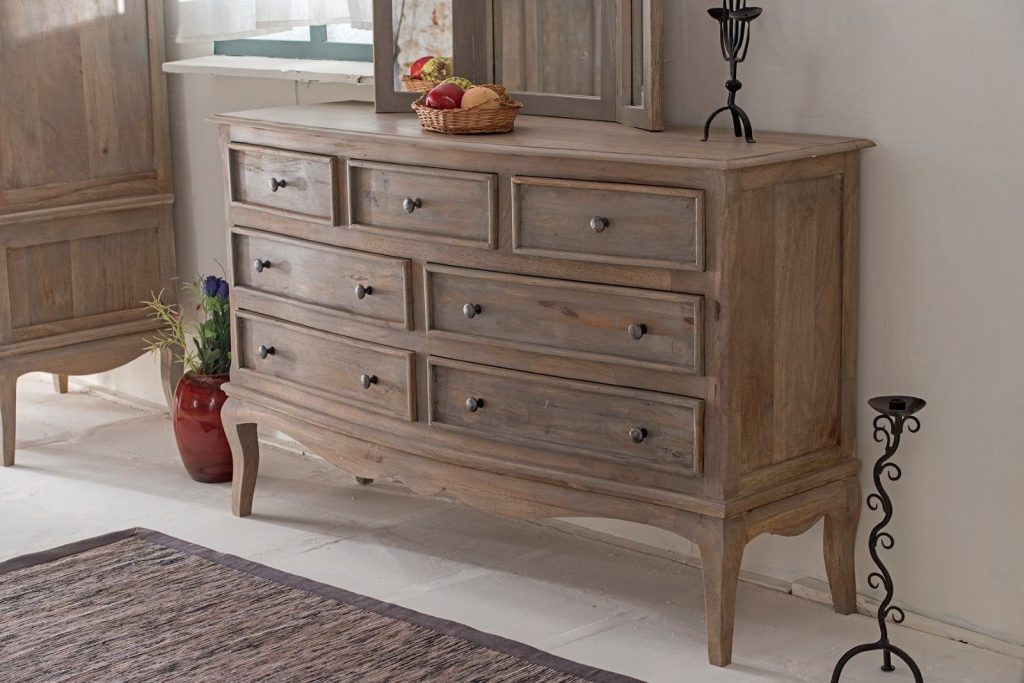Shabby Chic
Everything You Need to Know About Shabby Chic
There are not many style concepts out there simultaneously so easy to identify and so difficult to pin down as Shabby Chic. With inspiration ranging from the ornate exuberance of the 18th century French Rococo movement to the worn, lived-in utility of grand country houses of Britain of the early 1900s, its genetics are complex and inclusive, and culminate in a brand that is as much a way of life as it is a fashion of interior design.
Despite this eclectic field of influence, however, the Shabby Chic look is one of rules and reference, meaning it’s easy to incorporate into any interior design development with just a few rules of thumb to bear in mind.
A name inextricably linked with the philosophy is Rachel Ashwell. In her book, Shabby Chic, first published in 1996, she describes it as “the aura of old money, cushy comfort and crafted indifference”. This brief and apt description of its identity hardly needs elaboration and – as you will see – can be applied to all avenues of its implementation.
Origins
Like any origin story, the history of Shabby Chic is multi-layered and potentially contentious. The words’ first printed attribution comes from the World of Interiors magazine in the 1980s, in which Min Hogg admired and championed a lived-in look which could be applied to any home without the need for professional decorators.
It wasn’t long before this ideology started to be seen in other tributaries of culture. A fashion show celebrated the concept from a branch of the Salvation Army in the 90s. Belgian designer Martin Margiela’s event – showcasing exposed, unfinished hems and wrinkled fabrics – was such a success that it lead to Newsweek’s announcement in their coverage that “Shabby Chic has arrived”.
As previously mentioned, Rachel Ashwell is another whose name is synonymous with the style. 1989 saw the opening of her first shop, where she sold slip-covered furniture and various items that she had picked up from flea markets. This recognition of the demand for worn, characterful items quickly spread and grew into the Shabby Chic Couture brand known and respected today.
30 years later and there’s no end in sight for the evolution and progression of the design aesthetic, thanks in large part to the efforts of those like Ashwell and their instincts to keep the concept growing and relevant.
“Crafted Indifference”: A Quick Guide
Despite the fact that there are so many avenues of influence to the Shabby Chic model, there are key characteristics that are worth keeping in mind when it comes to bringing a touch of the style to a particular space. These are some of the more notable features:
Furniture
There is a clue contained within the juxtaposition of the words ‘crafted indifference’ that tells us a lot about the abiding principles of the philosophy: a kind of worked-at effortlessness.
In vintage pieces, this quality can be perceived simply because of its age – provided it’s still in good condition, of course – and the marks and imperfections picked up through the years are seen as evidence of a thing’s superior craftsmanship, adding to its character as well as value. Nothing says ‘old money’ and ‘cushy comfort’ like a piece of furniture so well made that it survives generations: the craftsmanship of such an item would not be within the monetary means of any but the affluent.
Many companies now specialise in products manufactured to look aged and worn, with Shabby Chic Couture being one of the biggest – but, in truth, part of the appeal of this distressed look is its embrace of imperfection, so the do-it-yourself approach is often encouraged and celebrated, too. For those of a mind to give it a go, the internet is awash with ideas of how to achieve the look, with entire YouTube channels and blogs dedicated to the pursuit.
Minimalist Palette; Accentuated Details
Although more modern iterations of the style vary slightly in their attitudes towards colour – with darker tones creeping in to the palette more recently as a vehicle for counterpoint – the general logic dictates that bright, neutral colours prevail in the main. Cream walls and crisp, white linens provide the perfect backdrop to offset against more intricate and ornate touches you may add, like the furniture and accessories you choose.
Textural variation can be supplemented through the use of materials like linen and leather and bamboo. Whitewashed and/or distressed wood can provide further textural interest and are a tried-and-tested favourite, whereas metallic accents – through accessories or fittings – have been adopted along the way for similar reasons.
Accessories: The Fine Line Between Ornate and Messy
As opposed to other stylistic disciplines, there is plenty of room for ornamentation and self-expression in the Shabby Chic school of thought, but it is one which is also acutely concerned with the balance between busy and cluttered.
Favourite works of art, mismatched items like jugs and vases and other nifty knick-knacks all have a claim in the scheme, as long as they have a specific place to be that makes the most of its inclusion: an otherwise clear shelf or mantelpiece or table, for instance. If you are the type to have works of art on display, try swapping modern picture frames with more rustic, ornate and vintage equivalents.
Oh, and a Chandelier, Of Course…
Throughout the several incarnations of the Shabby Chic way of thinking, a grand centrepiece of a feature light has been one of the constants. Representative of the country manor houses of its influences, chandeliers have gained a position close to ubiquity within the concept. They are a declaration of exuberance as well as a focal point for conversation, making them a perennially popular choice among the Shabby Chic society.
Prognosis: Not Too Shabby
On her website, Rachel Ashwell describes her mantra thus: Beauty, Comfort and Function. With such clear fundamentals, it’s easy to understand why the Shabby Chic interior design concept has

